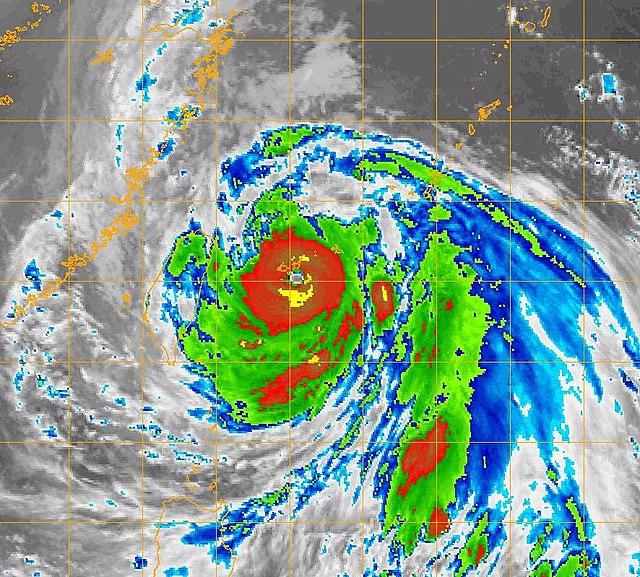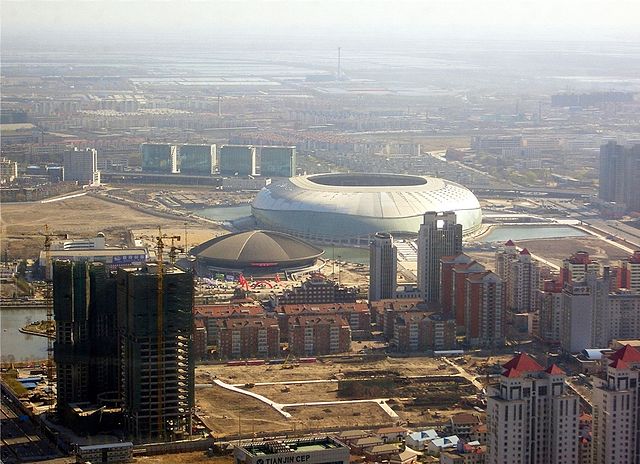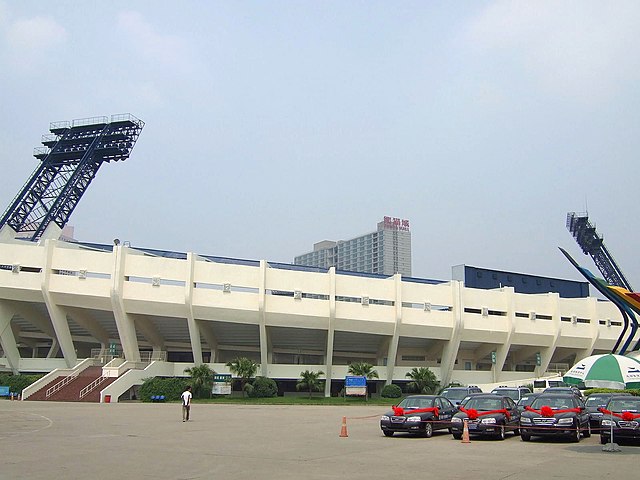Typhoon Wipha, known in the Philippines as Super Typhoon Goring, was the strongest typhoon to threaten the Chinese coastline since Typhoon Saomai in August 2006. Forming out of a tropical disturbance on September 15, 2007, it quickly developed into a tropical storm, and intensified into a typhoon the following day with the appearance of an eye feature. After a period of rapid intensification, Wipha attained its peak intensity on September 18, with winds of 185 km/h (115 mph) and a barometric pressure of 925 mbar (hPa), according to the Japan Meteorological Agency. Later that day, the storm began to weaken as it interacted with the mountainous terrain of Taiwan before brushing the northern edge of the island. Wipha subsequently made landfall near Fuding along the Fujian–Zhejiang provincial border with winds estimated at 185 km/h (115 mph) by the JTWC. Shortly thereafter, the typhoon weakened as it moved inland, weakening to a tropical storm within 18 hours of moving over land.

Infrared satellite image of Typhoon Wipha near Yaeyama Islands on September 17
Estimated rainfall totals from Typhoons Wipha and Nari from September 13–20
Flooding in Shanghai, China
The remnants of Wipha approaching the Korean peninsula on September 20
2007 FIFA Women's World Cup
The 2007 FIFA Women's World Cup, the fifth edition of the FIFA Women's World Cup, was an international football competition for women held in China from 10 to 30 September 2007. Originally, China was to host the 2003 edition, but the outbreak of SARS in that country forced that event to be moved to the United States. FIFA immediately granted the 2007 event to China, which meant that no new host nation was chosen competitively until the voting was held for the 2011 Women's World Cup.
Image: Tianjin Olympic Center Stadium
Image: Wuhan Sport Centre 01
Image: Hangzhou yellow dragon stad
Image: Chengdu Sports Center








